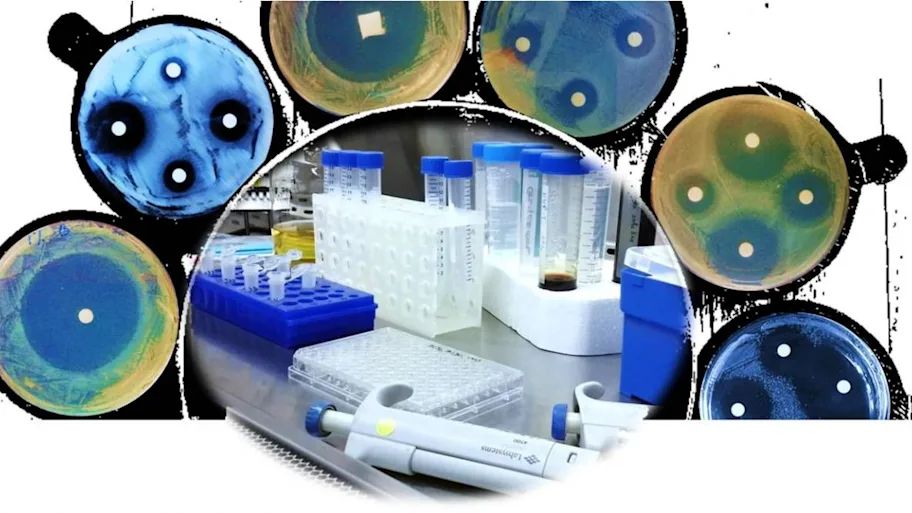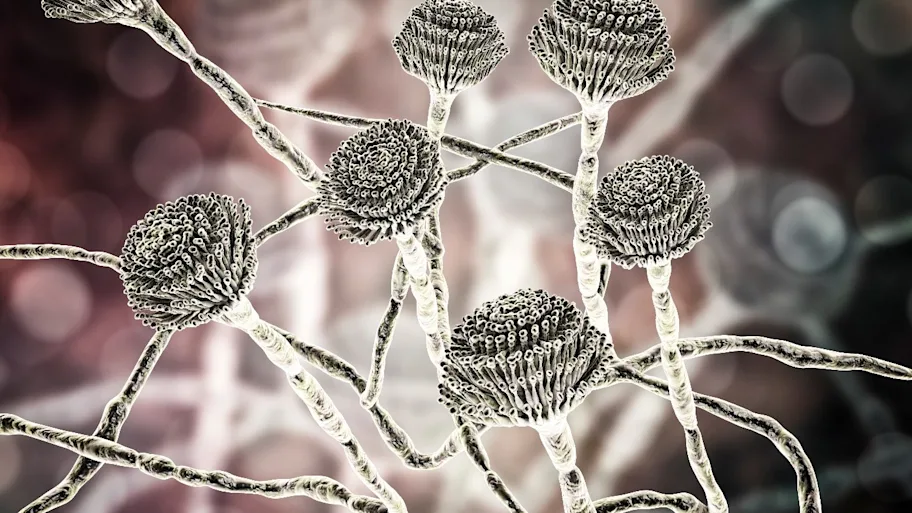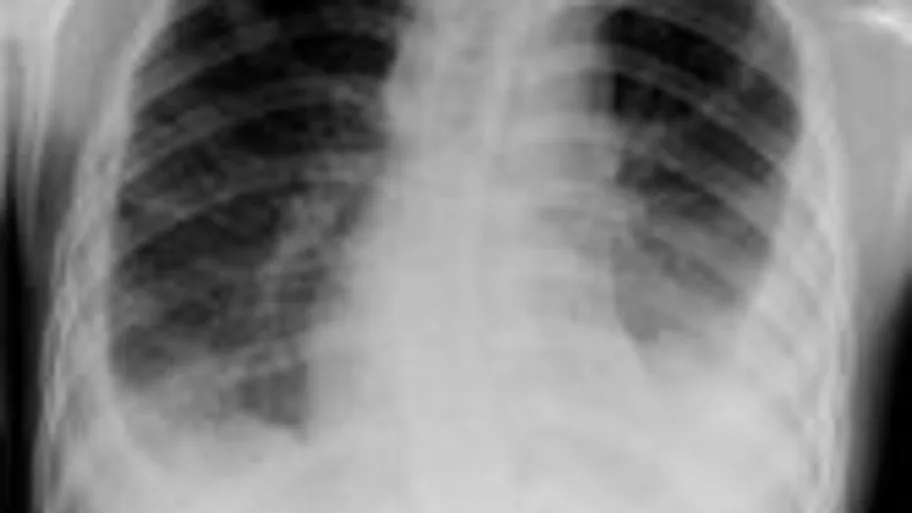
- Science News
- Featured news
- New drug resistance process found in bacteria
New drug resistance process found in bacteria

This is the research team in charge of the study. From left to right: Ivan Erill, Pilar Cortés, Jordi Barbé and Miquel Sánchez-Osuna. Credit: UAB.
— by Autonomous University of Barcelona
A team of researchers has discovered a new process capable of generating resistance to synthetic antibacterial drugs within bacterial populations long before they are put to clinical use.
The research was led by Jordi Barbé, researcher at the Molecular Microbiology Group of the Universitat Autònoma de Barcelona (UAB), and by Ivan Erill from the Department of Biology at the University of Maryland, Baltimore County (UMBC). The findings were recently published in the journal Frontiers in Microbiology.
Researchers analysed the large volume of bacterial genomes available with the aim of identifying the origin of mobile genetic elements carriers of a resistance to sulfonamides frequently detected in the superbacteria found in hospitals.
Origin of the Mobile Di-Hydro-Pteroate Synthase Gene Determining Sulfonamide Resistance in Clinical Isolates► Read original article► Download original article (pdf)
Through a comparative analysis of sequences and phylogenetic techniques, the researchers were able to establish that sulfonamide-resistant genes appeared in two ground bacteria families (Rhodobiaceae and Leptospiraceae) over 600 million years ago thanks to a mutation in the drug’s target gene. The genes identified mobilised rapidly and transferred to other bacteria as a result of the widespread use of sulfonamide for agricultural and clinical use in the mid-20th century.
According to researchers, the description of a process capable of originating antibacterial drug resistance before being invented and in the absence of natural analoguous substances which could favour the appearance of a resistance gene has a great effect on the development and praxis of future drugs.
“The discovery confirms the need to use a combined multidrug treatment capable of attacking diverse resistance mechanisms within the hospital environment. In addition, given that the origin of these resistance genes have been found in the bacteria residing in the subsoil and aquifers alerts us of the need to reduce the current agricultural use of antibacterials”, Ivan Erill points out.
“Our hypothesis is that the enormous genetic variability of bacteria has favoured the mutation of resistance genes which we identified without the need to be selectively pressured by sulfonamide or any other similar substance found in nature”, explains Jordi Barbé. “In this sense, the study highlights the fact that the vast bacteria pangenome may give way to a rapid selection and mobilisation of already existing resistances when faced with the introduction of a newly synthesised drug”, he concludes.
Related: Superbugs have colonized the International Space Station – but there’s a silver lining
An Unexpected Resistance
Synthetic antibacterial drugs such as sulfonamide are created using chemical substances fully designed in laboratories, while antibiotics are based on substances generated by microorganisms found in nature, such as viruses, fungi, yeast or bacteria which survive by competing amongst each others.
Antibiotic-resistant genes can be found in nature even before these drugs are clinically used, because it is the microorganisms themselves generating them to contrast antibacterial substances of their competitors. However, it is not something expected as a response to synthetic drugs and according to the researchers, in no case have they seen a process like the one described in the study, in which they identified a mutation of the drug’s target gene.
Sulphonamide was the first synthetic antibacterial used in the clinical environment during the first half of the past century. It is currently used in first-line clinical interventions, together with other drugs and particularly in developing countries. It is also widely used as a preventive treatment in agriculture.
Original article: Origin of the Mobile Di-Hydro-Pteroate Synthase Gene Determining Sulfonamide Resistance in Clinical Isolates
REPUBLISHING GUIDELINES: Open access and sharing research is part of Frontiers’ mission. Unless otherwise noted, you can republish articles posted in the Frontiers news blog — as long as you include a link back to the original research. Selling the articles is not allowed.






